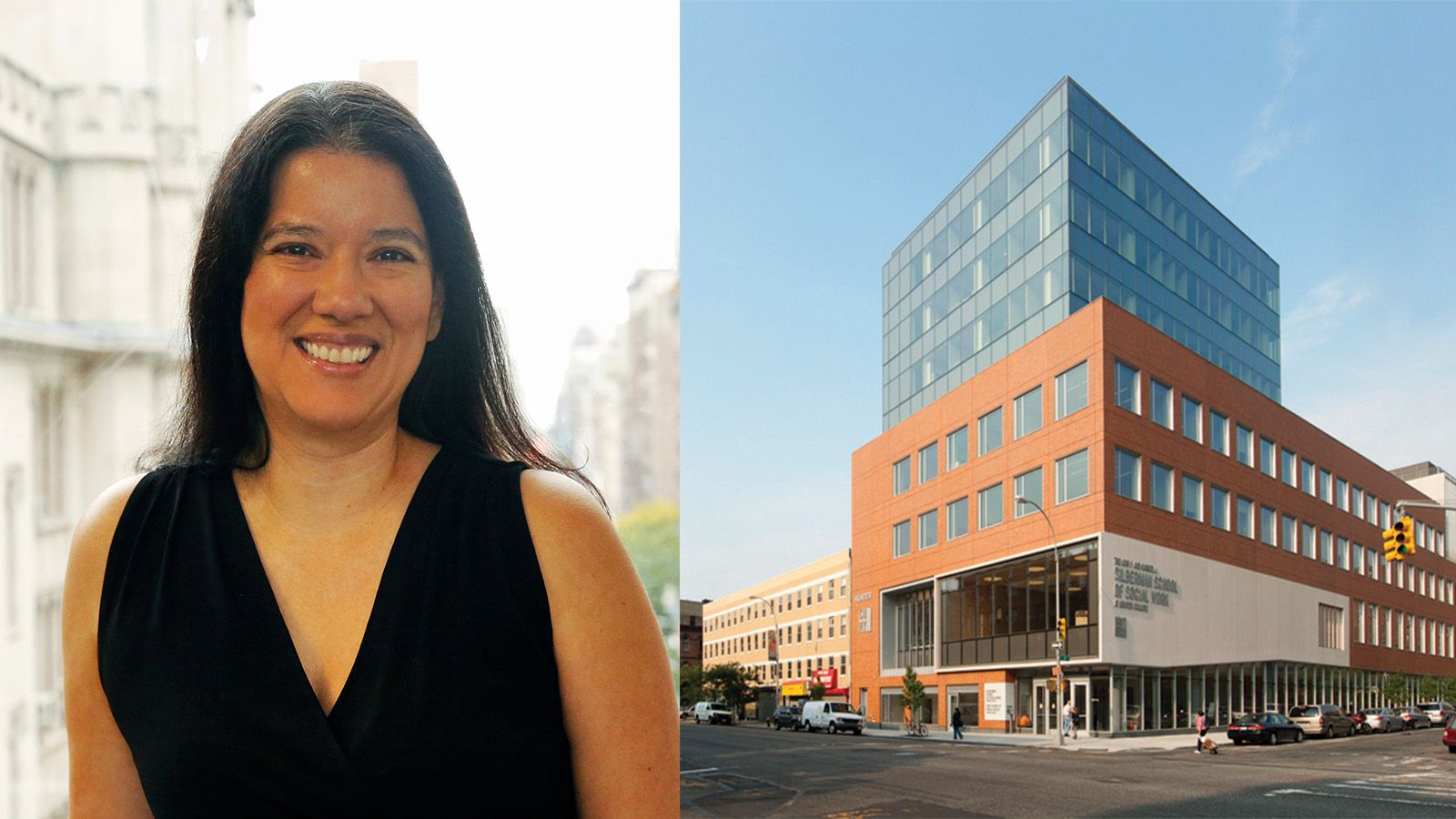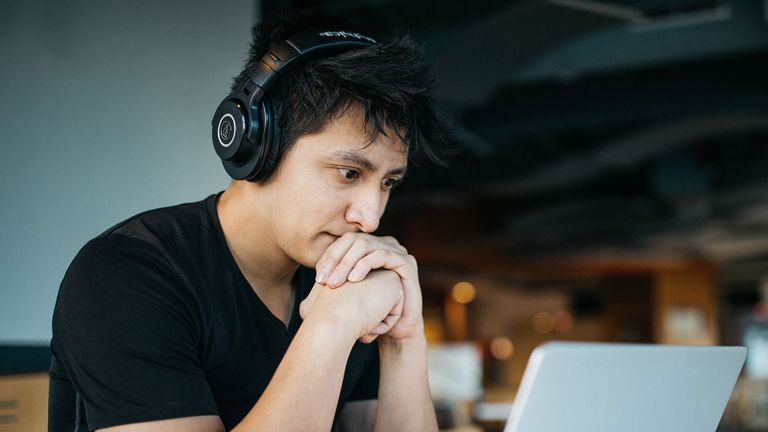To address the rising problem of youth suicide in diverse populations and connect researchers with the communities they study and serve, Hunter College hosted the first-ever Youth Suicide Research Consortium conference on June 11 and 12. Led by Regina Miranda, Professor of Psychology for Hunter College, and Carolina Hausmann-Stabile, Assistant Professor of Social Work at Bryn Mawr College, the conference brought together researchers, clinicians, government officials, and community organizations serving suicidal youth to share information and resources and to discuss the challenges and strategic goals of their work.
Originally planned as an in-person conference to be held at Hunter’s Silberman School of Social Work, the event moved online because of the coronavirus pandemic, with 1,000 attendees—the maximum number supported by the software—participating from six continents.
With a two-day schedule of panels, talks, and networking meetings that focused primarily on issues facing at-risk and underserved black, indigenous, and other groups of color, the conference offered a timely opportunity for necessary conversations about critical disparities in outcomes and treatment for young people who are struggling. "National data show that our country is becoming increasingly diverse, particularly our population of youth, and our research needs to catch up to and then keep pace with that increasing diversity," says Professor Miranda.
Planned months ago, the conference opened with a session on suicidal behaviors of a group in heightened focus—black youth.
“The events of the last few weeks have compounded the stresses of the COVID-19 pandemic and forced us to look closely at ourselves in the mirror as a nation,” said Hunter College President Jennifer J. Raab in her opening remarks. "There could be no more important time to come together to stop the escalation of youth suicide, and uplift and empower all young people to realize the extraordinary in themselves."
Later sessions highlighted team-based collaborations in Guyana, Puerto Rico, and Alaska; suicidal behaviors tied to sexual and gender identity; school-based suicide prevention; and applied research methods and ways of leveraging technologies to study suicide-related disparities. Sponsored by Hunter College and the American Foundation for Suicide Prevention, the conference was a space to spark ideas and lay the groundwork for partnerships and coordinated action between academics, clinicians, and government agencies. “We know these organizations have already been having these conversations, and we want to contribute to them,” says Professor Miranda.
Dozens of members of the Hunter community—undergraduate students, graduate students, fellows, and faculty members—presented and attended the sessions, joined by participants from all over the United States and the world, including Europe, Central and South America, Africa, Asia, and Australia, as well as Mexico and Canada.
The original plan to host the conference at the Hunter’s Silberman campus would have anchored the proceedings in the heart of East Harlem, a racially and socioeconomically diverse community with a deep cultural past. "It was important to us to have our inaugural conference in a location connected to and representing some of the voices we sought to lift up," Professor Miranda says. Rendering that original plan impossible, the pandemic ultimately proved a blessing in disguise, allowing the conference to be made available for free and include hundreds more participants than the 200 to 400 originally planned, increasing global participation and the cross-pollination of ideas.
Professors Miranda and Hausmann-Stabile are both members of the Youth Suicide Research Consortium, an interdisciplinary network of researchers who focus on suicidal behavior among young people of diverse backgrounds.
"This was the conference I had always wanted to attend but never found," said Professor Miranda. "The Youth Suicide Research Consortium was started by women, a good number of us minorities, and we are an example of how a minority-led organization can try to diversify and make a difference in our field.”
Said her co-organizer, Professor Hausmann-Stabile, “This shows that when people come together and are willing to work for a greater cause, things can change. We are generating a new and more inclusive model of science dissemination because we all came together.”
To learn more, visit https://www.youthsuicideresearch.org/about.


